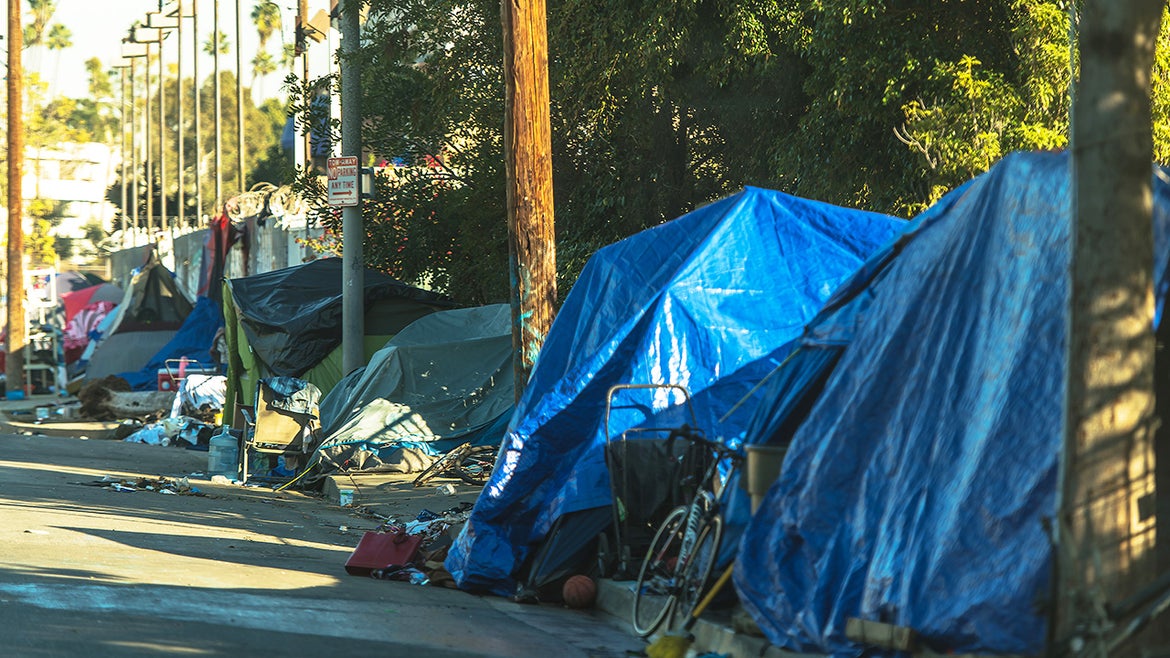Worsening economic conditions due to COVID and heightening affordable housing crisis contribute to the increasing homeless population according to experts.
The first headcount of the homeless population since 2019 revealed an increase of 22,500 people in California now without housing.
The rate at which this increase was seen is no different from California's normal rate, but the increase brings the total homeless population up to 173,8000, according to CalMatters.
Experts in the field attribute the rise to the worsening economic conditions due to the pandemic as well as the heightening of the affordable housing crisis, according to CalMatters.
The heavily populated county of Los Angeles saw an increase of homelessness by four percent, bringing their total up to 69,144, the Los Angeles Homeless Services Authority reported.
People of color are still experiencing homelessness at disproportionate rates in Los Angeles, with the Black community making up 30% of the homeless population despite only accounting for nine percent of LA’s total population, according to LAHSA.
Latinos in LA County also were hit during the pandemic at an increased rate. Latinos represent 49% of LA County’s population and now also represent 44% of its homeless population, a rise of 25.8% in the latest count, reported LAHSA.
During the pandemic, LA County increased the number of sheltered individuals, going from 28% of the total homeless population to 30%, reports LAHSA. Despite placing 21,213 individuals into a permanent housing placement in 2021, the housing crisis still leaves thousands without housing, according to LAHSA.
Housing for those who are homeless has increased through projects like Project Roomkey, created by Gov. Gavin Newsom. His project has a budget of $600 million, which he hopes to use to buy as many properties as possible to dedicate to housing the homeless population, according to CalMatters.
Units under this project are currently occupied by an estimated 9,600 individuals. During the pandemic the project leased 15,700 units to help those vulnerable to the virus, reports CalMatters.
LAHSA reports that in order to close the gap between housing and those without a home, they must create 800,000 units over the next eight years.






